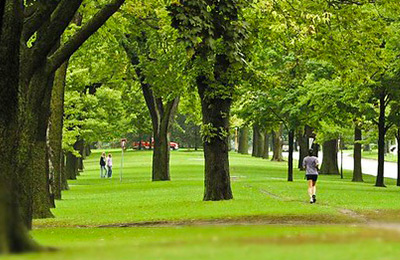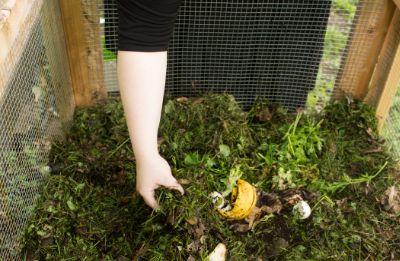Helping pollinators threatened by climate change
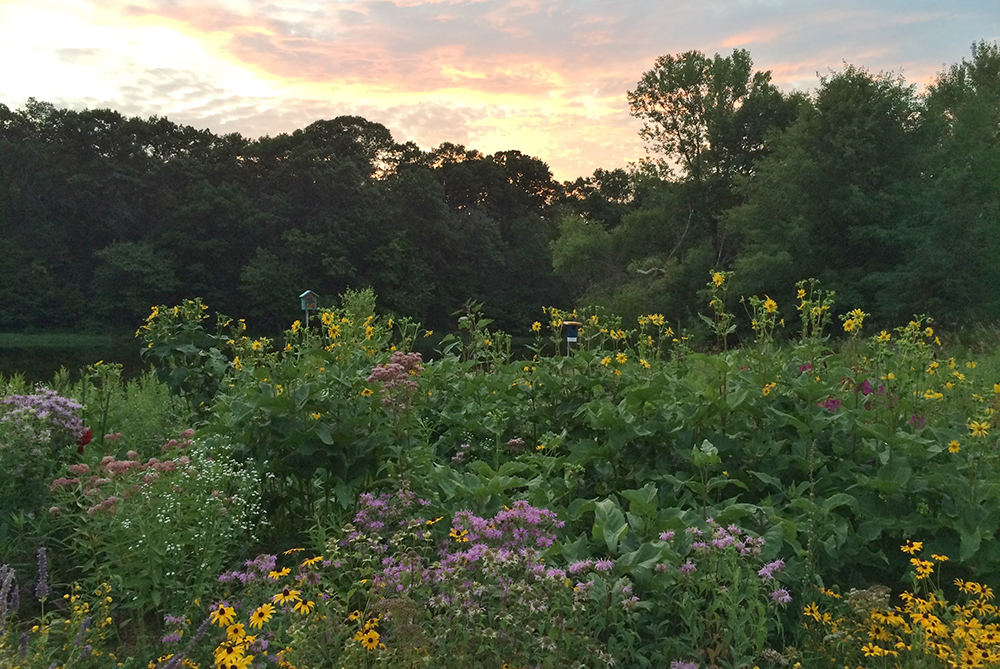
We rely on pollinators including native bees, butterflies, and birds to pollinate fruits and vegetables like apples, tomatoes, pumpkins, and strawberries. Pollination is also critical to produce oils, fibers, biofuels, and dairy and meat products.
There are thousands of native pollinators in Minnesota, including over 400 species of bees.
The threats to pollinators
Butterflies, bees, and other pollinators are in serious decline from habitat loss, climate change impacts, disease, parasites and pesticide use. Several of Minnesota’s insect pollinators have been listed as threatened and endangered.

You can help Minnesota’s pollinators in your yard or garden. Planting native plants results in a beautiful, low-maintenance yard and garden that provides habitat, pollen and nectar for Minnesota’s pollinators as well as captures carbon to help fight climate change.
Gardening for pollinators
If you have a garden (even a small garden) you can help pollinators by transforming it into a place they can find food, nectar, and pollen. Here are some tips and tricks to get you started on your pollinator garden.
Think variety
Grow a variety of native plants that flower throughout the year. This will provide diverse food sources for a variety of pollinators.
Leave your garden messy
Last year’s plants, leaves, seedheads and stems provide important overwintering and nesting habitat. Leave them on the ground to help pollinators.
Pollinator-friendly yards
Replace grass
Provide habitat for pollinators (and cut down on yard work!) by replacing grass in areas where it doesn’t grow well or are difficult to maintain with low-growing native plants.
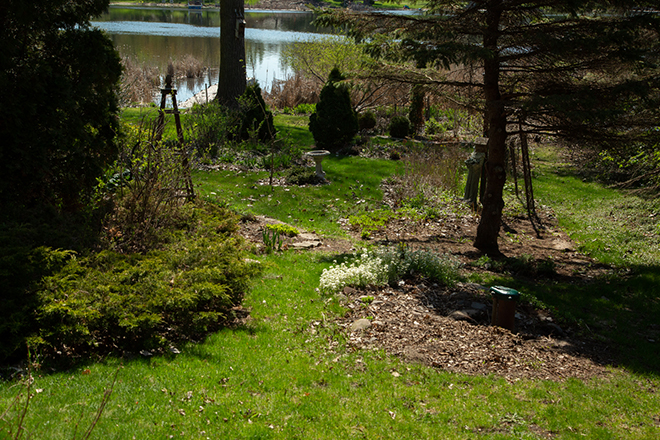
Plants that are commonly used include wild lupine and purple prairie clover. These plants provide food for pollinators and are inexpensive to plant and maintain.
Remove pavement
Remove pavement when possible to combat the urban heat island effect. Insect pollinators are sensitive to temperature variations.
Replacing surfaces like pavement and asphalt with gravel or plants helps to reduce temperature stressors on pollinators. This will also have added benefits for water quality!
Plant a tree
Plant a tree (or trees!) in your yard to have big impacts. Trees help capture carbon, provide shade to reduce energy use needed for cooling, and increase your property value. Learn more about the impacts trees have on climate change and find a list of good tree species for planting.
Eliminate pesticides, herbicides, and chemical fertilizer
Reduce or eliminate your use of pesticides and herbicides. If herbicides are necessary, spot-treat weeds and do not treat your entire yard or garden. Never use pesticides or herbicides if rain is in the forecast over the next two days.
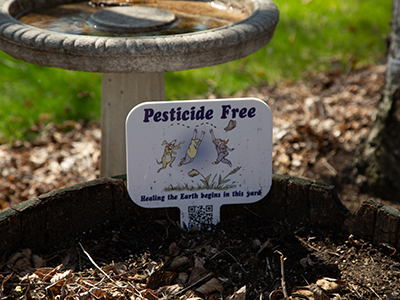
Avoid using chemical fertilizer if possible. Use compost as a natural fertilizer.
If using store-bought fertilizers, only use ones that contain zero phosphorus and only fertilize in the fall.
Resources to help you take action
- Blue Thumb has a plant finder tool and offers resilient yards and pollinator workshops.
- The Minnesota Department of Natural Resources has a list of native plant suppliers, landscapers, and restoration consultants.
- The Minnesota Board of Soil and Water Resources has residential pollinator resources and customizable pollinator garden templates.
- The Xerces Society and the University of Minnesota has developed a pollinator habitat assessment guide (PDF).
- The Minnesota Department of Natural Resources has pollinator best management practices and habitat restoration guidelines (PDF).
- The Minnesota Zoo has a plant for pollinators guide (PDF) that is also available in Spanish (PDF).
- Clean Water MN has stories and tips from local residents that have turned their lawn into a bee sanctuary and created a monarch oasis.
